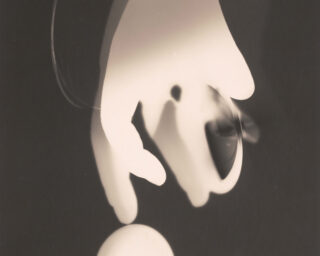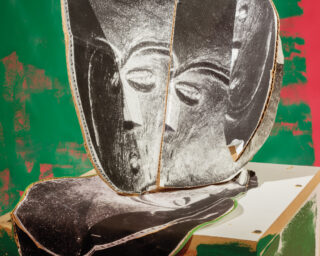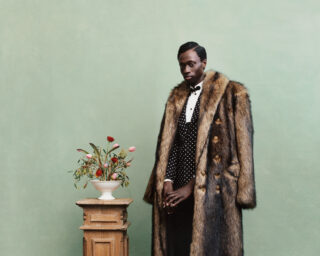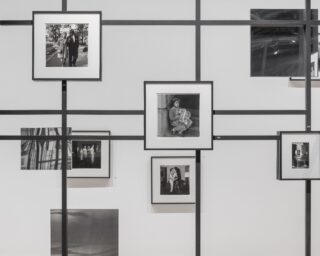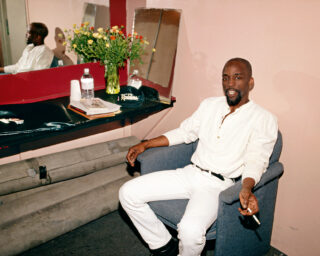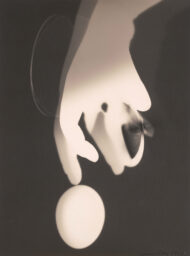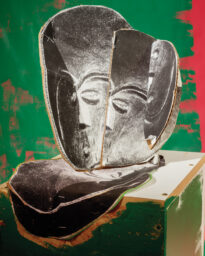Louis Faurer's Postwar New York
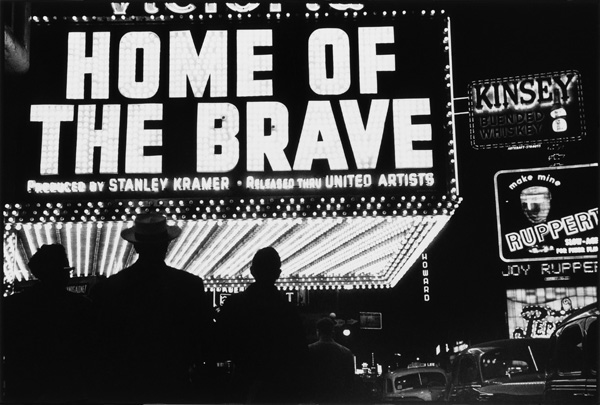
Louis Faurer, Untitled, New York, 1949
© Louis Faurer Estate
“These photographs make me think of that long gone time—the fifties in New York City,” Robert Frank wrote in 1994 about the photographer Louis Faurer. “His eye is on the pulse.” Frank was writing to the editors of the Japanese magazine déjà-vu, who dedicated a special issue to Faurer. Some twenty years later, Fondation Henri Cartier-Bresson in Paris returns to Faurer, the photographer of the in-between, whose photographs might be a visual expression of T.S. Eliot’s sentiment in The Hollow Man: the shadow falls between the idea and the reality, between the motion and the act, between the emotion and the response.
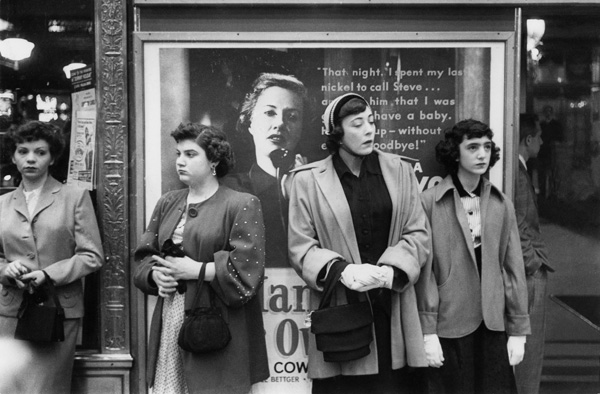
Louis Faurer, New York, 1949
© Louis Faurer Estate and courtesy Howard Greenberg Gallery
Writing in the accompanying catalogue Louis Faurer, Walter Hopps considers the first decade of Faurer’s career as an open space in the history of American photography bookended by Walker Evans’s American Photographs (1938) and Robert Frank’s The Americans (1958), a period otherwise defined by abstract expressionism rather than by photography. The ideological documentary of the Farm Security Administration had left its imprint on the artistic map, while the boom of postwar youth culture hadn’t yet delivered its own expressions in the fine arts. Not only was his career formed during this in-between moment, Faurer’s work itself is concerned with suspension.
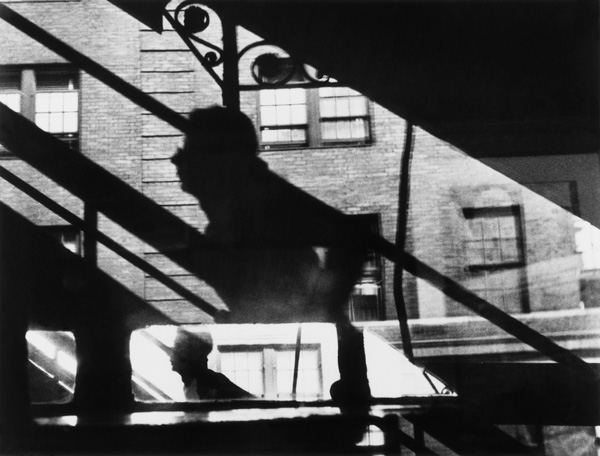
Louis Faurer, Win, Place, and Show, 3rd Avenue El at 53rd Street, New York, ca. 1946–48
© Louis Faurer Estate
Even at a safe distance from the battlefields, war made of Louis Faurer the photographer he came to be. Born in Philadelphia in 1916, he came of artistic age during the Second World War. He perfected his printing techniques while serving as a civilian photographic engineer in the U.S. Army Signal Corps for most of the war. Never having photographed an actual battlefield, Faurer nonetheless captured the human and social impact the war had on New York in the last half of the 1940s, exemplified both by survivors recovering from extreme injuries and by the visible increase in wealth often associated with those years.
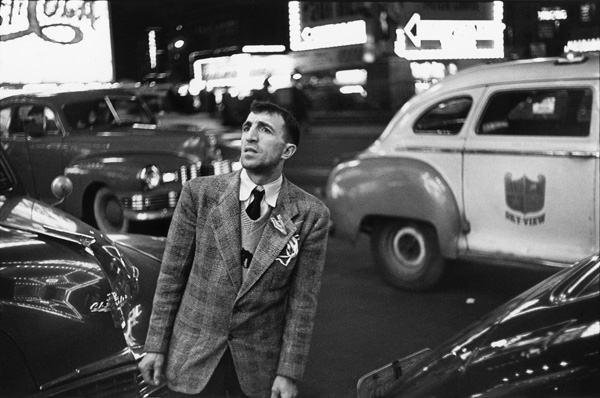
Louis Faurer, Champion, New York, 1950
© Louis Faurer Estate, Courtesy Howard Greenberg Gallery
Louis Faurer shows downtown New York as a city reveling in the contradictory forces of postwar financial and political optimism, and witnesses the rise of a more pessimistic and critical counter-culture. He creates a subtle play with text and public space: banks, cinemas, and all kinds of street vendors use the same visual language of typography to sell what they have on offer. Faurer cleverly maneuvered around this overwhelming sensory experience and tried to avoid the irony that made some Depression-era photography so piercing, such as Margaret Bourke-White’s famous Kentucky Flood from 1937. Irony, as a disruptive and distancing communication strategy, does not fit Faurer’s humble and subtle view of humanity. In his work, instead of irony, we are often confronted with a silver lining of lightness around a somewhat darker human condition of constant suspension and expectation.
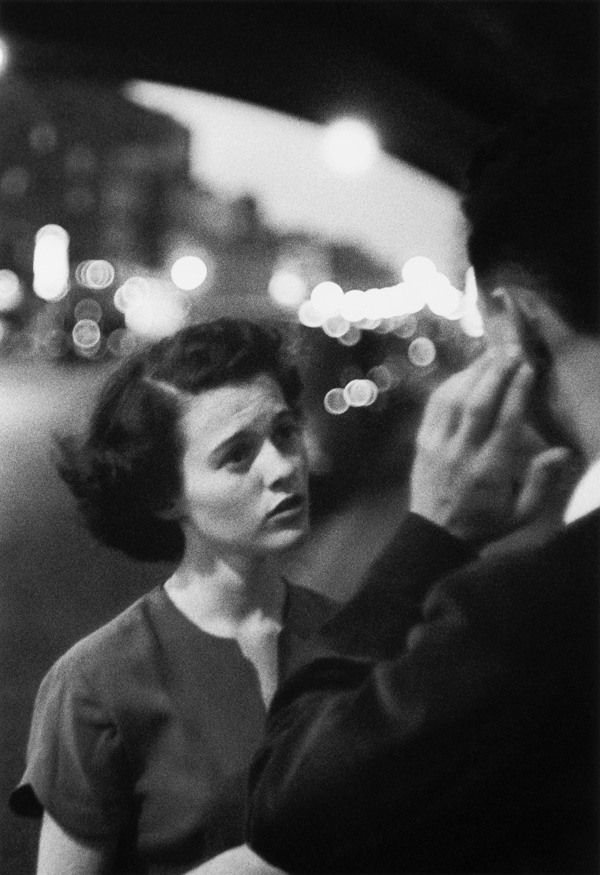
Louis Faurer, Deaf Mute, New York, 1950
© Louis Faurer Estate
Faurer himself spoke of his “intense desire to record life as I see it” as his only motivation: “As long as I’m amazed and astonished, as long as I feel that events, messages, expressions and movements are all shot through with the miraculous, I’ll feel filled with the certainty I need to keep going.” He offers us a peak behind the masks and appearances of daily life, such as New York (1948–49), in which a wife adjusts the hair of her husband to cover his bald spot, or in the various images of people waiting for an unknown someone or something. Faurer is the photographer of expectation, of finding that Eliotesque shadow that precedes the actualization of a hoped-for future whose impact cannot be yet be grasped. Indeed, the frailty and sweetness of human beings becomes graspable in Eddie, New York (1948), Deaf Mute, New York (1950), and Accident, New York (1952).
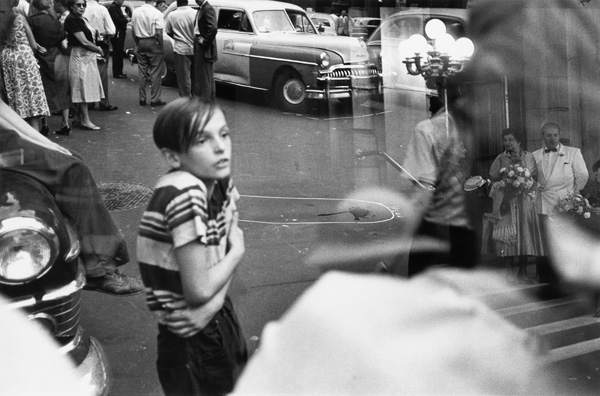
Louis Faurer, Accident, New York, 1952
© Louis Faurer Estate, Courtesy Deborah Bell
Even when Faurer portrays the physically, mentally, or financially unlucky, he never does so in isolation. Whereas Diane Arbus, whose work bears resemblance to Faurer’s, at times isolated her subjects from society by photographing them in enclosed environments such as homes or institutions, Faurer grants them their just place in the grand décor of the city. In Faurer’s work, all and sundry contribute to New York: its dwellers, its texts, its windows and mirrors, its reflections, its masks, its fictions, and finally its realities. Long considered a photographer’s photographer, Louis Faurer is a pivotal artist of this in-between period. He de-politicized a documentary aesthetic that preceded him, and opened up new possibilities for the future. In his work, no one is weak or strange. Faurer extends his gift of humility to us, who are then invited to look at the world as he did.
Louis Faurer is on view at Fondation Cartier-Bresson, Paris, through December 18, 2016.














